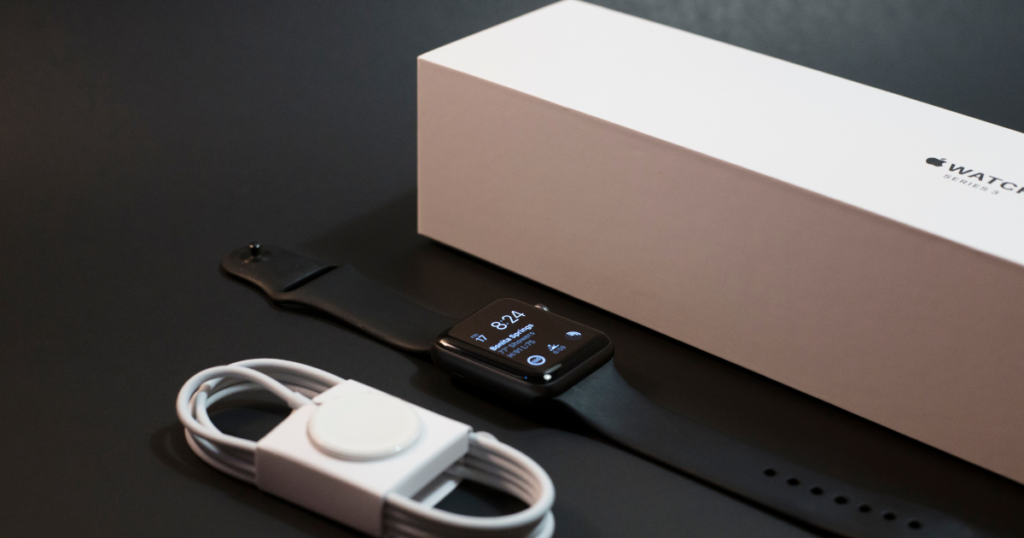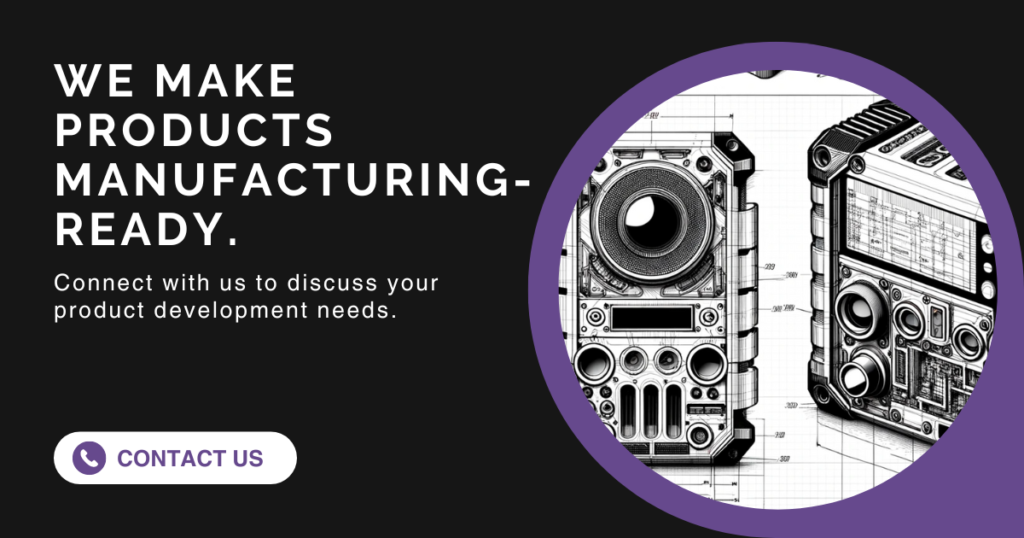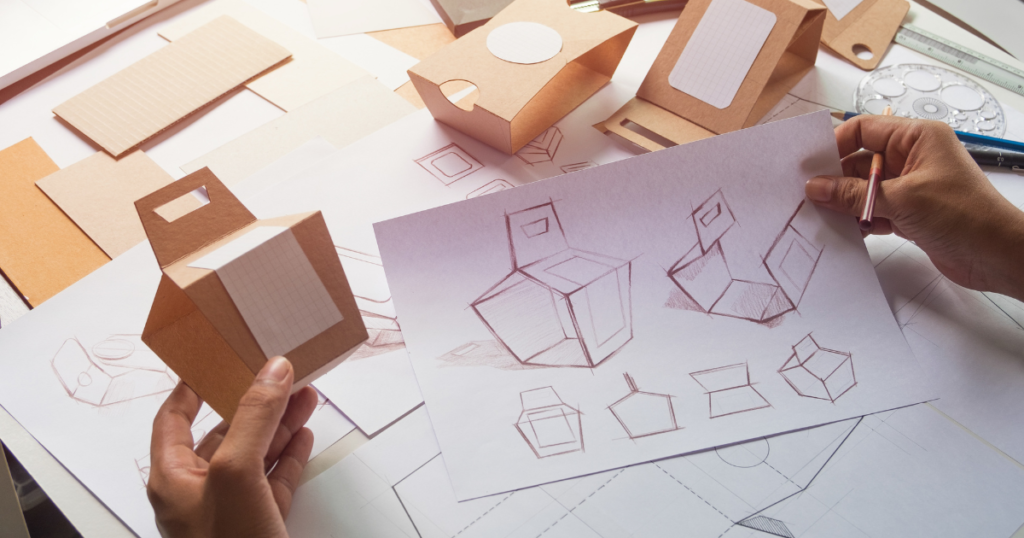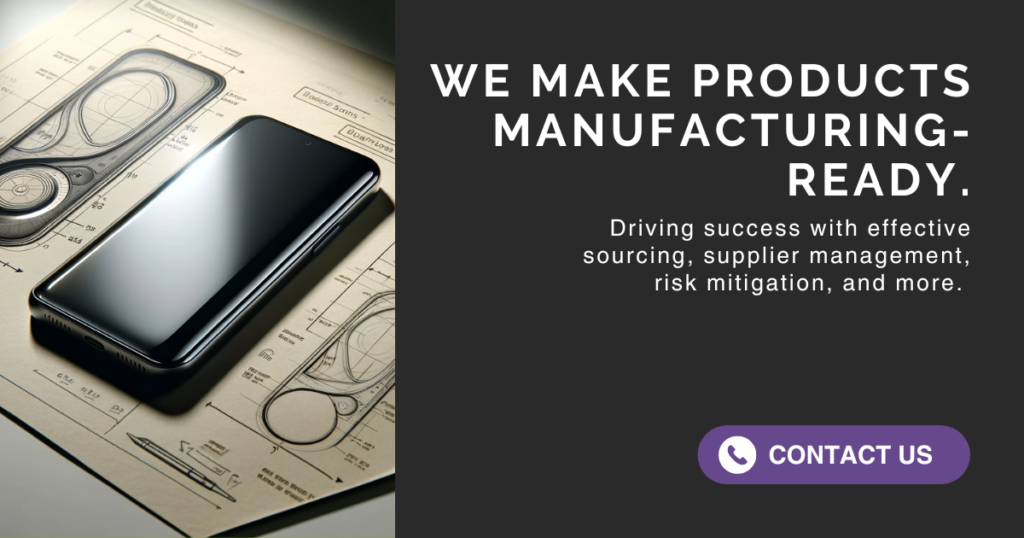You’re likely aware of the growing popularity of elaborate unboxing experiences. Across social media, viral video after viral video showcases the excitement of unboxing with little regard for sustainability.
However, for those in the cleantech industry or those looking to build a more sustainable future, this trend poses a unique challenge. How do you create a memorable unboxing experience without compromising your commitment to the environment? This blog will guide you through balancing these two aspects effectively.
The Necessity of Packaging
Packaging plays a critical role in your product’s journey from factory to customer. This stems from several key factors:
- Protection: You need packaging to safeguard your products during transportation and storage;ensuring they reach your customers without any damage.
- Branding and Marketing: Your packaging serves as a vital marketing tool, conveying your brand’s identity, values, and differentiating your products in a competitive market.
- Information Conveyance: Packaging is your way to provide essential information about your products, including usage instructions, ingredients, and compliance with regulations.
- User Experience: The design of your packaging can significantly enhance the unboxing experience, influencing your customers’ perception and satisfaction.
In essence, your choice of packaging is integral to the product. It impacts everything from logistics and marketing to consumer experience and environmental responsibility.
With the popularity of unboxing, the way your product is presented and experienced upon opening has become a focal point for enhancing brand engagement and customer loyalty. And, as a company interested in cleantech, it’s vital that your product’s unboxing should not only be eye-catching but also represent your values as a company.

Understanding the Unboxing Trend
Let’s start by understanding why unboxing has become such a phenomenon. For many consumers, unboxing a product is an experience in itself, often shared on social media. This trend is about more than just the product; it’s about the excitement and presentation. Here are a few more reasons for its popularity:
- Social Media Influence: Unboxing videos have become a staple on platforms like YouTube, Instagram, and TikTok. These videos often go viral, driving the trend as viewers enjoy the anticipation and reveal of new products.
- Sensory Experience: Unboxing engages multiple senses – the visual appeal of the packaging, the texture as it’s unwrapped, and even the sound of opening. This multisensory experience can be very satisfying.
- Community and Engagement: Sharing unboxing experiences creates a sense of community among fans of certain products or brands, fostering engagement and discussion.
Once you understand the importance of the unboxing trend as a whole, it’s vital to begin expanding your packaging considerations and leveraging sustainable packaging materials. So how does a company balance packaging sustainability with the unboxing experience? By thinking outside of the box, no pun intended.

Beyond the Basics: Expanding Your Packaging Considerations
An eco-friendly package can still offer a memorable unboxing experience. Innovative, sustainable designs can impress customers and reflect positively on your brand. Here are a few more considerations for your packaging:
Less is More
Embrace minimalism. Avoid excessive packaging layers or fillers. Take a look at this credit card unboxing, for example. It’s a testament to the fact that in packaging, more really is less. A simple, sleek design can be just as impactful as elaborate packaging. This approach not only reduces waste but also appeals to a growing number of environmentally conscious consumers.
Focus on Functionality
Ensure that your packaging serves its primary purpose efficiently. Protection during transport is key. Design for durability and effective protection, minimizing the need for additional packaging materials.
Make it Easy
The user’s experience with your packaging should be effortless and intuitive. Consider how easy it is to open, use, and reseal (if applicable). User-friendly packaging can enhance customer satisfaction and encourage repeat purchases.
Educate Your Customers
Be open about your sustainable packaging practices. Educate your customers on how to dispose of or reuse your packaging materials. This education can be a part of the unboxing experience itself.
As you navigate the balance between creating an exciting unboxing experience and maintaining sustainability, remember that your choices have a significant impact.

Sustainable Packaging Materials
Sustainable packaging not only aligns with your environmental values but also resonates with your customers. By being innovative, minimalist, and educational in your approach, you can turn packaging into a powerful statement of your brand’s commitment to the planet.
Here’s a list of some innovative and eco-friendly options:
- Biodegradable Packaging: Biodegradable plastics, recycled paper, or plant-based materials are excellent choices for sustainability. These materials can still be designed elegantly while being eco-friendly.
- Reusable Packaging: Consider designs that encourage reuse. Packaging that can double as storage containers or are attractive enough to be repurposed in the home adds value to your product and reduces waste.
- Mushroom Packaging: This is made from mycelium, the root structure of mushrooms. It grows quickly and can be molded into various shapes, making it an excellent alternative to Styrofoam.
- Cornstarch Packaging: Derived from corn or maize, this material is biodegradable and can be used in place of plastics in certain applications, like loose-fill packing peanuts.
- Seaweed Packaging: This innovative material is made from seaweed extracts and is entirely biodegradable and edible, offering a unique solution for single-use items like sachets.
- Air Pillows Made of Recycled Materials: These are used for cushioning in packaging and can be made from recycled materials. They are lightweight and can be reused or recycled.
- Cellulose-Based Packaging: Cellulose, derived from wood pulp, is used to create a clear, compostable packaging material that can substitute for plastic in many instances.
- Bamboo Packaging: Bamboo grows rapidly and is a highly sustainable material. It can be used for various packaging needs, from containers to cushioning materials.
- Paper Foam: This is a sustainable alternative to plastic foams. It’s lightweight, biodegradable, and made from renewable resources, such as starch or fiber.
- Recycled Cardboard and Paper: While traditional, these materials remain some of the most sustainable options when sourced responsibly and can be recycled again after use.
- Plantable Packaging: Embedded with seeds, this type of packaging can be planted after use, growing into plants or flowers, contributing positively to the environment.
Each of these materials offers a unique set of properties that can be leveraged depending on the specific needs and goals of a product’s packaging, allowing companies in the cleantech sector to work toward their sustainability goals.
Your Partner in Packaging sustainability
At Zebulon Solutions, we are poised to guide you through the intricacies of making your product manufacturing-ready, ensuring that you receive solutions for packaging, whether from us or our network of packaging experts. Contact us today to start a conversation about your product development needs.
